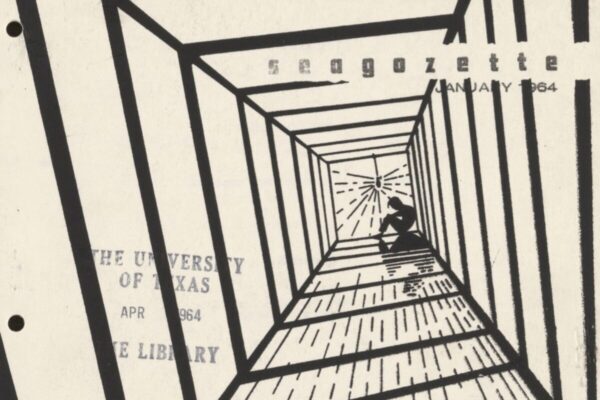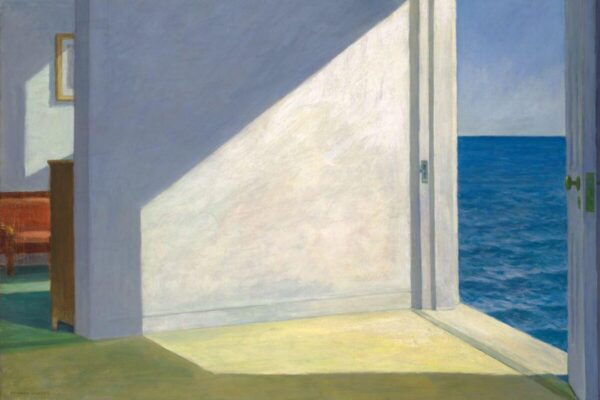Our mission
JSTOR’s mission is to expand access to knowledge and education for people around the world. Using advanced technology, we bring to life scholarly materials from the world’s libraries, museums, and publishers. We make access affordable and sustainable, and provide long-term preservation, so JSTOR supports research, teaching, and learning today and in the future.
Our core products and services supporting this mission include:
Our core products and services supporting this mission include:
JSTOR platform
A digital platform for research, teaching, and learning—including advanced discovery, research management, and teaching tools available through Workspace—housing a vast collection of open access and licensed primary and secondary sources from around the world.

Content solutions
Trusted, scholarly journals, books, images and other primary sources from the world’s libraries, museums, and publishers that are affordable and sustainable, made available through innovative models like Path to Open, Reveal Digital, JSTOR Access in Prison, and more.

JSTOR Digital Stewardship Services
A seamless solution for managing digitized archives and special collections, featuring AI-powered tools like JSTOR Seeklight for long-term preservation and discovery—with the option to share collections on JSTOR.
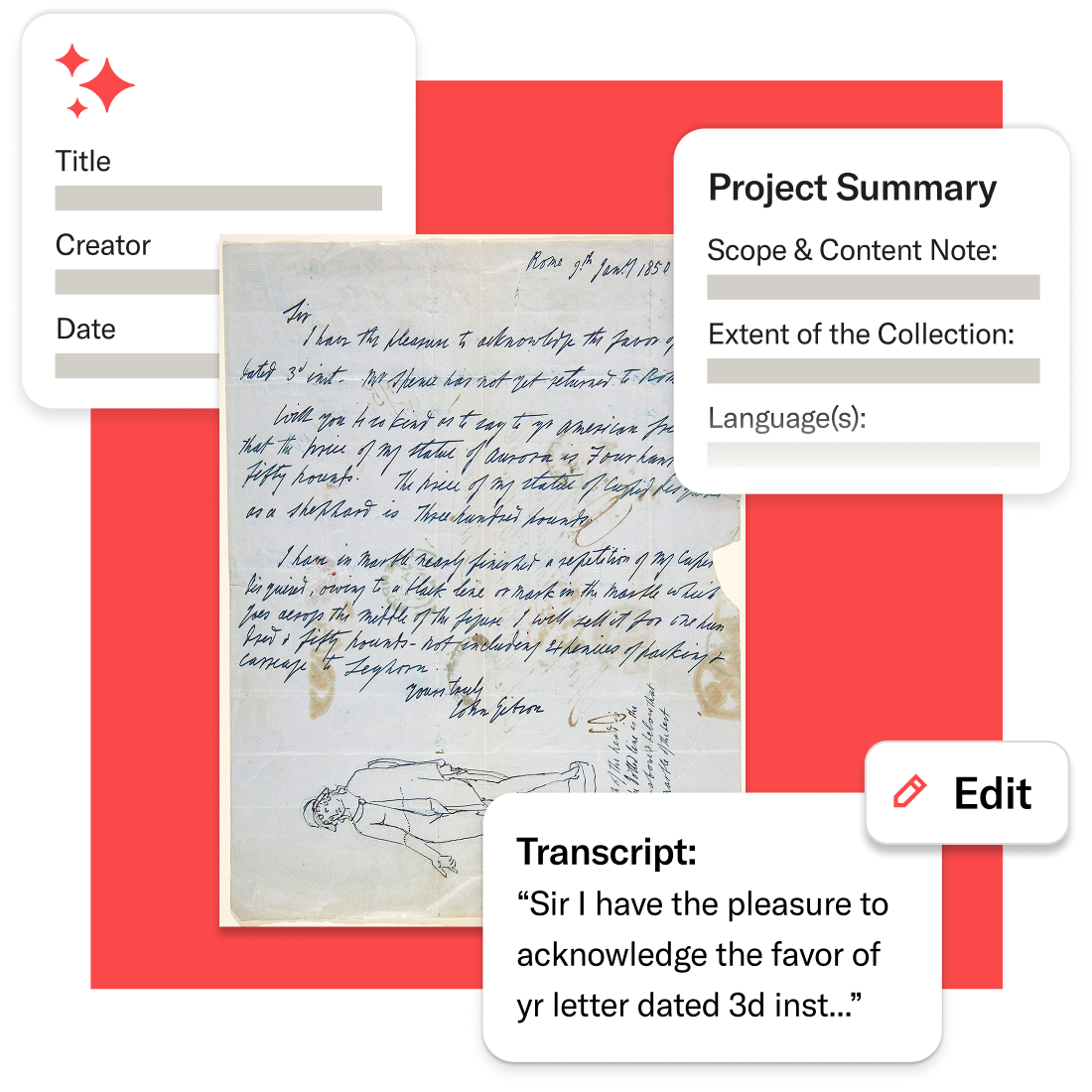

Collaborating closely with our community
We work hand in hand with libraries, publishers, and educators to enhance our services, grow the scholarly record, and ensure equitable access to knowledge—today and for the future.
Sign up for updates
Never miss a thing. Get updates from JSTOR delivered straight to your inbox.
By signing up you agree to our Privacy Policy. You may unsubscribe at any time by clicking on the provided link on any marketing message.
"*" indicates required fields
The latest from JSTOR
View image credits from this page
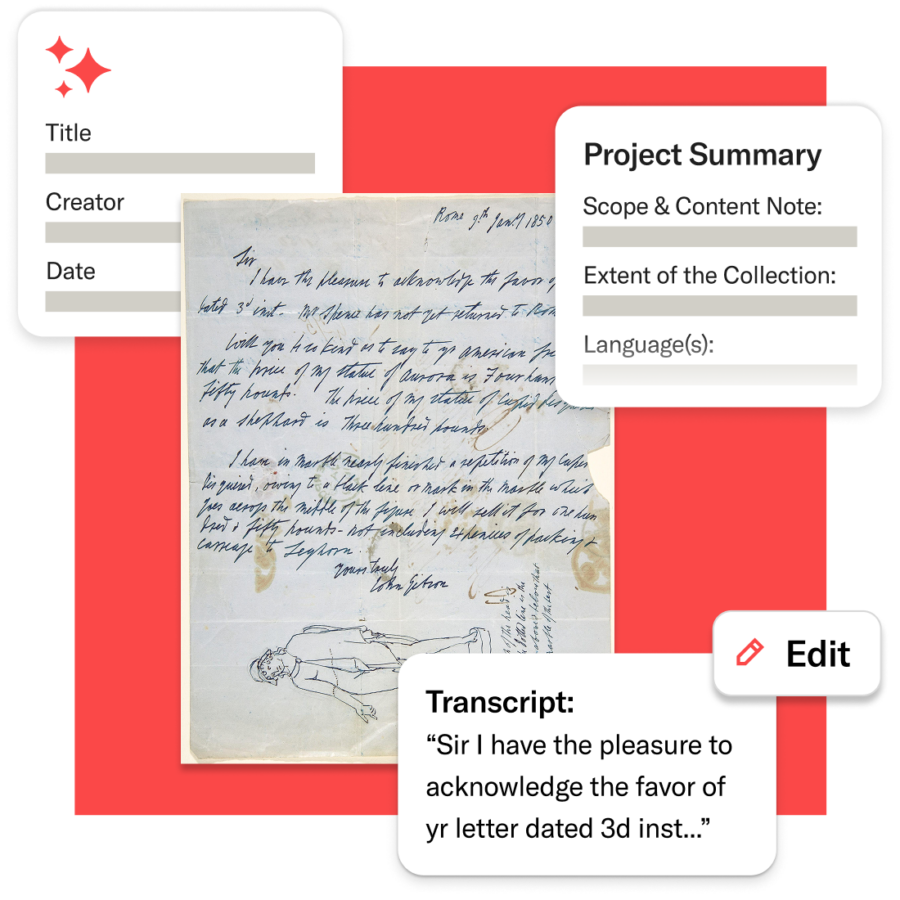
John Gibson. Letter from John Gibson to John Udny, Containing Information for Henry Farnum. January 9, 1850. Part of Open: The Metropolitan Museum of Art, Artstor. https://www.jstor.org/stable/community.18604581.
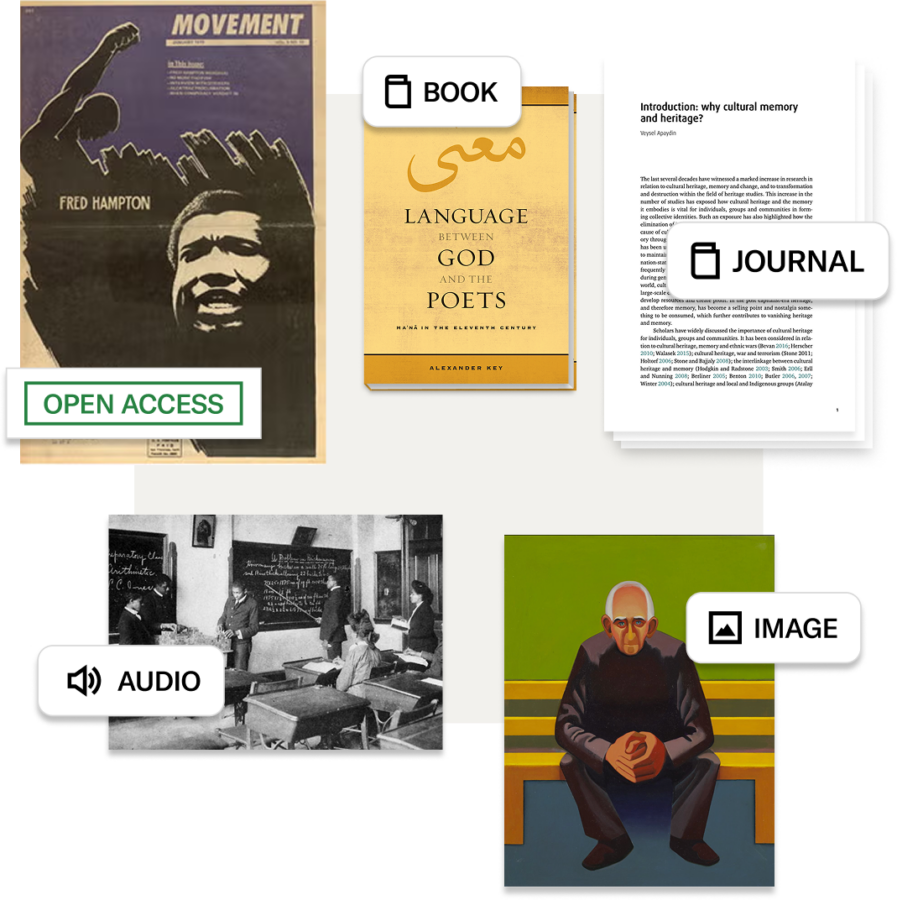
Alexander Key. “Front Matter.” In Language between God and the Poets: Ma‘na in the Eleventh Century, 1st ed., i–viii. University of California Press, 2018.
Veysel Apaydin. “Introduction: Why Cultural Memory and Heritage?” In Critical Perspectives on Cultural Memory and Heritage: Construction, Transformation and Destruction, edited by Veysel Apaydin, 1–10. UCL Press, 2020.
Louise Lewis. Riverbank Painting, Series 7. 1969. Part of Open: Museum of New Zealand – Te Papa Tongarewa, Artstor. https://jstor.org/stable/community.27023635.
Doubleday, Page & Company. An Academic Class; A Problem in Brick Masonry; Mr. Washington Always Insisted upon Correlation: That Is, Drawing the Problems from the Various Shops and Laboratories. Published: Garden City, N.Y., Issued: 1916. Schomburg Center for Research in Black Culture; Jean Blackwell Hutson Research and Reference Division. Part of Booker T. Washington, builder of a civilization, Schomburg Center for Research in Black Culture (New York Public Library), Artstor.
The Movement. January 1970. Vols. 5–12. The Movement Press. Periodical, The Movement Newspaper collection. The Freedom Archives.



